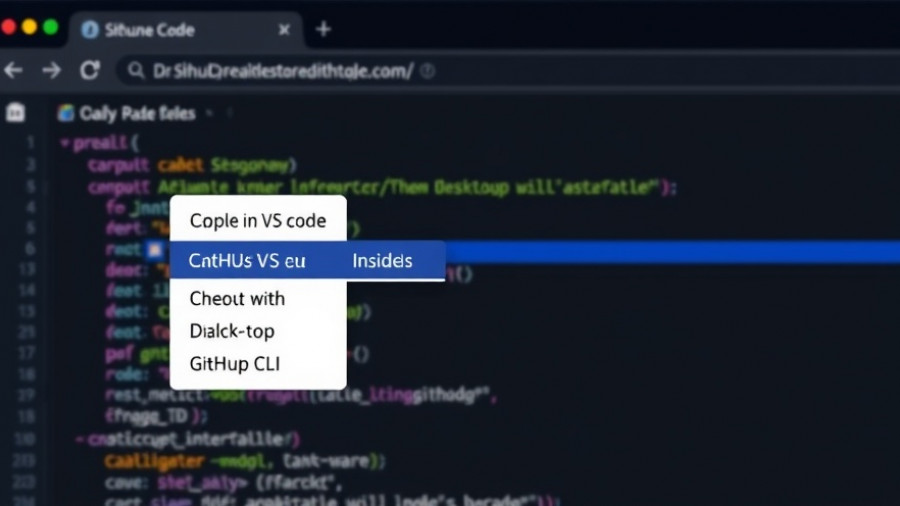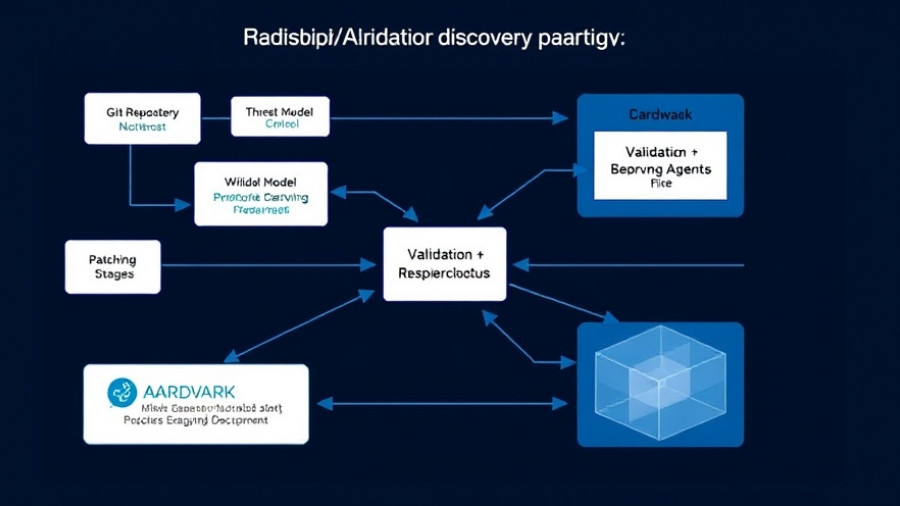
The Future of Imaging Interoperability: Meet Agentic AI
In the complex world of medical imaging, interoperability has traditionally relied on established standards like DICOM, HL7, and FHIR to ensure systems can communicate effectively. However, when these protocols fall short, healthcare professionals often find themselves manually bridging gaps—navigating numerous portals, reconciling data entries, and spending too much time on logistics instead of patient care. Enter Agentic AI, a groundbreaking approach that has the potential to revolutionize how we think about interoperability in imaging.
What is Agentic AI?
Agentic AI is designed to act on behalf of users, applying deep reasoning to mimic human workflow without the need for perfect API integration. Instead of purely relying on data exchange systems that sometimes lack functionality, these AI agents effectively become credentialed teammates, automatically navigating workflows. They operate with an understanding of the user interface, allowing them to log in, interpret data on-screen, and carry out tasks just as a person would. This is not about replacing existing standards; rather, it's about extending their reach, covering those areas where systems fail to interact smoothly.
Bridging the Gaps with AI Agents
Imagine a scenario where a healthcare provider needs to create an order but encounters an interface that doesn’t connect to the required requisition portal. Instead of getting stuck, the agentic AI can step in, extracting necessary data from faxed or portal-submitted requisitions, validating it, and then directly creating the order through the EHR (Electronic Health Record) interface. This efficiency makes it possible to handle 80% to 90% of tasks that typically flood human technicians.
Why Now is the Time for Change
The arrival of Agentic AI isn’t just coincidental; it's a timely evolution in the healthcare landscape. Modern agent technology leverages advanced capabilities such as language understanding, computer vision, and situational awareness to adapt seamlessly to shifting user interfaces. Unlike previous automation tools, which often struggled with variability, agentic AI can maintain context across disparate systems and intelligently follow pre-defined institutional policies, all while leaving a comprehensive audit trail. This means accountability and governance can coexist alongside efficiency.
Real-World Applications: Where Agentic AI is Making an Impact
The tangible benefits of agentic AI are already being felt across various applications in imaging. For instance, when obtaining prior images requires significant coordination across different platforms—something that can often delay patient care—an agentic AI can swiftly route ambiguous cases to a review queue while efficiently handling clear-cut scenarios autonomously. The days of manually sifting through multiple portals to chase down information could soon be a thing of the past.
Potential Challenges and Considerations
While the promise of agentic AI is enticing, it’s important to be aware of the potential challenges it may face. The technology must continuously adapt to new systems and updates in regulations, and there could be apprehension among some workers about transitioning to AI-assisted workflows. Additionally, issues of security and data protection remain paramount, as these systems will handle sensitive patient information. Balancing innovation with safety remains a priority as this technology develops.
The Path Forward: Embracing Change in Healthcare
Health institutions can capitalize on the revolution that agentic AI offers by fostering environments that encourage technological adaptability. Staff training, proper policy setting for AI use, and ensuring engagement with the technology at all levels will be the keys to successful integration. The goal is clear: leverage the capabilities of agentic AI to streamline operations while enhancing patient care.
As healthcare continues to navigate the complexities of information management, embracing tools like agentic AI can lead to smoother operations, improved patient outcomes, and a more efficient workflow overall. The future of imaging interoperability is not just on the horizon; it’s here, and those who embrace it will undoubtedly be at the forefront of innovation.
In light of these advancements, understanding how to implement agentic AI can redefine operational efficiencies for healthcare providers. If you're keen to learn more about these transformative technologies and how to position your practice for success, get in touch today!
 Add Row
Add Row  Add
Add 




Write A Comment